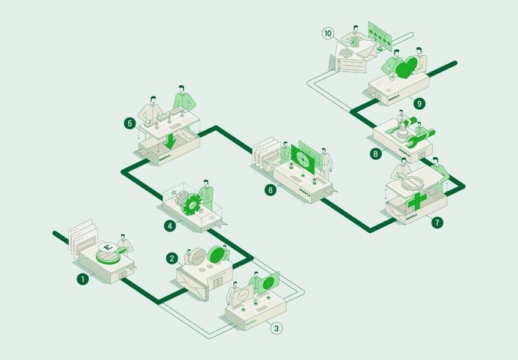Every person is always in the world, and never has a chance to be apart from it. Every action is always networked, and never happens in a sterile environment. Every challenge is a question rooted in a particular context. Every solution is an impact changing the context.
Challenge as a
phenomenon
Where the problem is reframed into a question about the human world.













